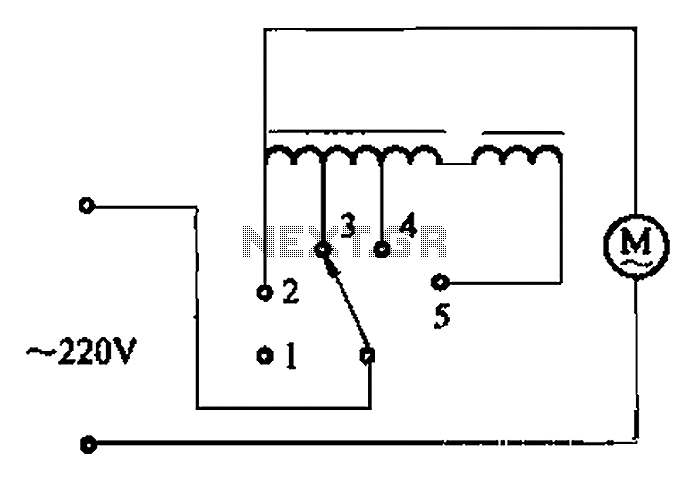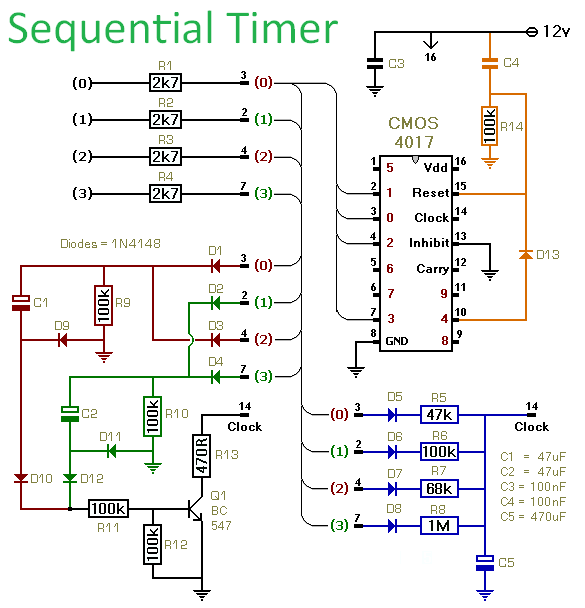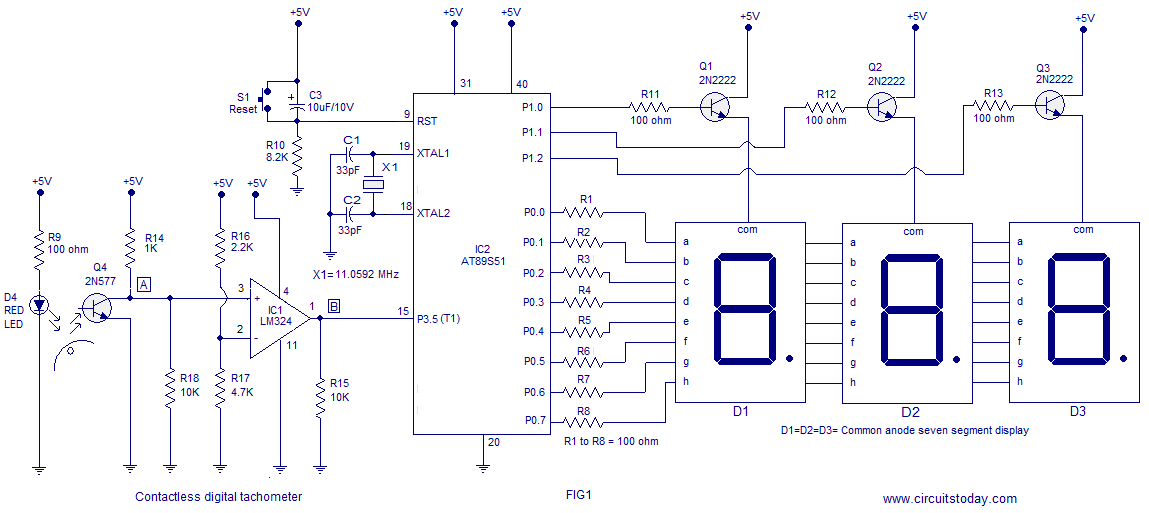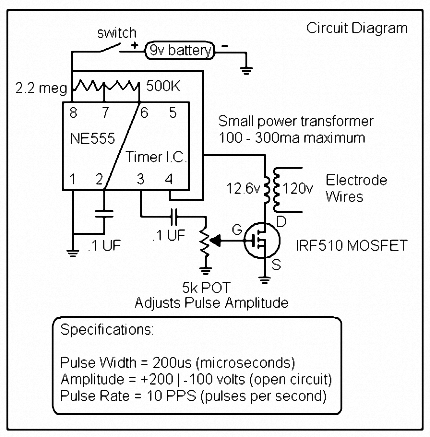
Speedometer cum odometer using AT89S52

This project involves creating a digital speedometer and odometer using the AT89S52 microcontroller. Testing has been conducted using the Proteus (ISIS) simulator, and the design is functioning correctly.
The digital speedometer and odometer project utilizes the AT89S52 microcontroller, which is an 8-bit microcontroller from the 8051 family. This microcontroller features 8KB of ROM, 256 bytes of RAM, and 32 I/O pins, making it suitable for various applications, including speed measurement and distance tracking.
The core functionality of the speedometer relies on the measurement of wheel rotation. This can be achieved using a Hall effect sensor or an optical encoder placed on the wheel axle. The sensor generates pulses corresponding to the wheel's rotation, which are then counted by the microcontroller. The frequency of these pulses is directly proportional to the speed of the vehicle.
To convert the pulse count into speed, the microcontroller uses a predefined formula that takes into account the wheel circumference and the time interval over which the pulses are counted. The calculated speed is then displayed on a digital LCD or LED display.
For the odometer function, the microcontroller maintains a cumulative count of the total pulses received over time, which translates into distance traveled. This value can be reset by the user, allowing for tracking of specific trips.
The circuit design includes the necessary power supply components to ensure stable operation of the microcontroller and peripherals. A voltage regulator may be used to provide a consistent voltage level, while capacitors are included to filter any noise from the power supply.
In addition to the microcontroller, the circuit may incorporate additional components such as resistors, capacitors for debouncing the input signals, and diodes for protection against reverse polarity. The display interface may require additional circuitry to drive the LCD or LED display effectively.
Overall, this project not only demonstrates the application of the AT89S52 microcontroller in real-time speed and distance measurement but also provides a practical understanding of interfacing sensors and displays in embedded systems.i have this project which requires us to make a digital speedometer and odometer and used AT89S52. I have tried it on Proteus (ISIS) simulator and is actually working 🔗 External reference
The digital speedometer and odometer project utilizes the AT89S52 microcontroller, which is an 8-bit microcontroller from the 8051 family. This microcontroller features 8KB of ROM, 256 bytes of RAM, and 32 I/O pins, making it suitable for various applications, including speed measurement and distance tracking.
The core functionality of the speedometer relies on the measurement of wheel rotation. This can be achieved using a Hall effect sensor or an optical encoder placed on the wheel axle. The sensor generates pulses corresponding to the wheel's rotation, which are then counted by the microcontroller. The frequency of these pulses is directly proportional to the speed of the vehicle.
To convert the pulse count into speed, the microcontroller uses a predefined formula that takes into account the wheel circumference and the time interval over which the pulses are counted. The calculated speed is then displayed on a digital LCD or LED display.
For the odometer function, the microcontroller maintains a cumulative count of the total pulses received over time, which translates into distance traveled. This value can be reset by the user, allowing for tracking of specific trips.
The circuit design includes the necessary power supply components to ensure stable operation of the microcontroller and peripherals. A voltage regulator may be used to provide a consistent voltage level, while capacitors are included to filter any noise from the power supply.
In addition to the microcontroller, the circuit may incorporate additional components such as resistors, capacitors for debouncing the input signals, and diodes for protection against reverse polarity. The display interface may require additional circuitry to drive the LCD or LED display effectively.
Overall, this project not only demonstrates the application of the AT89S52 microcontroller in real-time speed and distance measurement but also provides a practical understanding of interfacing sensors and displays in embedded systems.i have this project which requires us to make a digital speedometer and odometer and used AT89S52. I have tried it on Proteus (ISIS) simulator and is actually working 🔗 External reference





